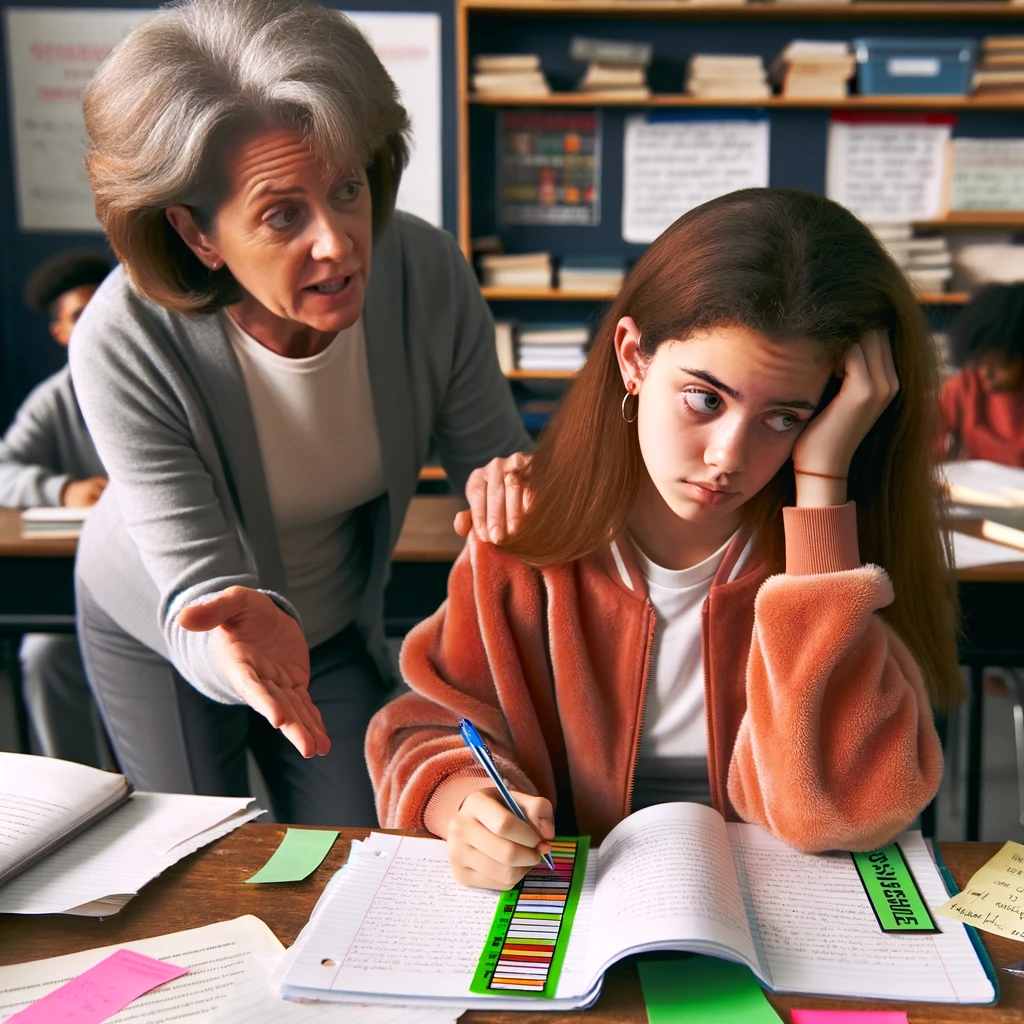
You can find a range of these history resources at my store:
In my history class, I constantly challenge my students to engage with primary and secondary sources. This task, understandably, can be overwhelming especially for my younger learners who are yet to master the art of critical thinking. I’ve discovered a game-changing way to assist them: teaching the concept of source usefulness.
Source usefulness is a valuable lens through which we can measure how beneficial a particular source is in answering specific historical questions. A source’s usefulness can be influenced by several factors:
- The author’s credibility: Does the author command expertise in the relevant subject? Are there any biases that could color their interpretation of events?
- The date of publication: How close is the source to the historical events it portrays?
- The purpose of the source: Was it written with an aim to inform, persuade, or entertain?
- The format of the source: Is it a book, an article, a website, or something else entirely?
By teaching my students to consider these aspects, they’re able to gauge a source’s usefulness and determine whether it fits their research needs.
One resource I’ve found incredibly effective in teaching students about source usefulness is the Source Utility Checklist, devised by Mr W-M History. This checklist offers a structured way for my students to evaluate a source, pinpointing its strengths and weaknesses.
To use the Source Utility Checklist, I advise my students to initially pore over the source in detail. After a thorough read, they turn to the checklist to answer a series of questions. This checklist is bifurcated into two parts: “How useful is this source?” and “Why is this source useful?” Each question is designed to be answered in a well-crafted paragraph.
As evidenced below, my students commence by working through the usefulness starters. They employ various colors for highlighting different aspects of the source as showcased. Upon identifying a point, they link it to and annotate the source. This process is reiterated for each source. A singular point of usefulness can be pertinent to multiple sources, as exemplified below. Following this, my students fuse their personal understanding with the insights derived from the sources.
Example partially completed student example:

I’ve seen this Source Utility Checklist work wonders in my classroom. Not only does it provide my students with a clear-cut strategy for evaluating sources, but it also enhances their critical thinking skills. As they grow more confident and competent in their analysis, their research becomes more reliable and their historical insights deepen.
To any fellow educators reading this, I strongly urge you to incorporate the Source Utility Checklist into your teaching approach. You’ll find it’s an invaluable tool in developing your students’ critical thinking skills and source analysis abilities.
A few extra tips for implementing the Source Utility Checklist:
- Begin by giving your students a variety of sources to appraise. This helps them understand the diverse factors influencing a source’s usefulness.
- Allow ample practice time. Remember, with regular practice, their evaluation skills will sharpen.
- Offer them constructive feedback on their evaluations, pointing out areas for improvement.
- Use the checklist as a teaching aid for historical thinking. As students become adept at evaluating sources, they also evolve into more discerning consumers of information.
Teaching source usefulness is instrumental in shaping successful historians. With a deeper understanding of the factors determining a source’s usefulness, my students have begun making more informed choices in their research, thus producing more credible historical work.
Elevate Your History Lessons with Exclusive Insights! 🚀
You can find a range of these history resources at my store:
Embark on a journey through time with us and transform your history lessons into a thrilling adventure for your students! If you’ve found value in our guide to teaching the Norman Conquest, imagine the wealth of resources, tips, and strategies you could explore as a subscriber to our mailing list.
💌 Subscribe to Our Enlightening Educators’ Mailing List Now! 💌
By joining our community, you’ll unlock:
- 🏰 Exclusive lesson plans and teaching resources.
- 🎓 Expert advice and tips on making history engaging and relatable.
- 📘 Early access to our latest guides, eBooks, and educational materials.
- 🎁 Special offers, discounts, and surprises just for our subscriber family.
Let’s create a future where every history lesson is a captivating journey into the past!
👉 SUBSCRIBE NOW 👈 and become a time-traveling educator, crafting lessons that will be remembered for a lifetime!


